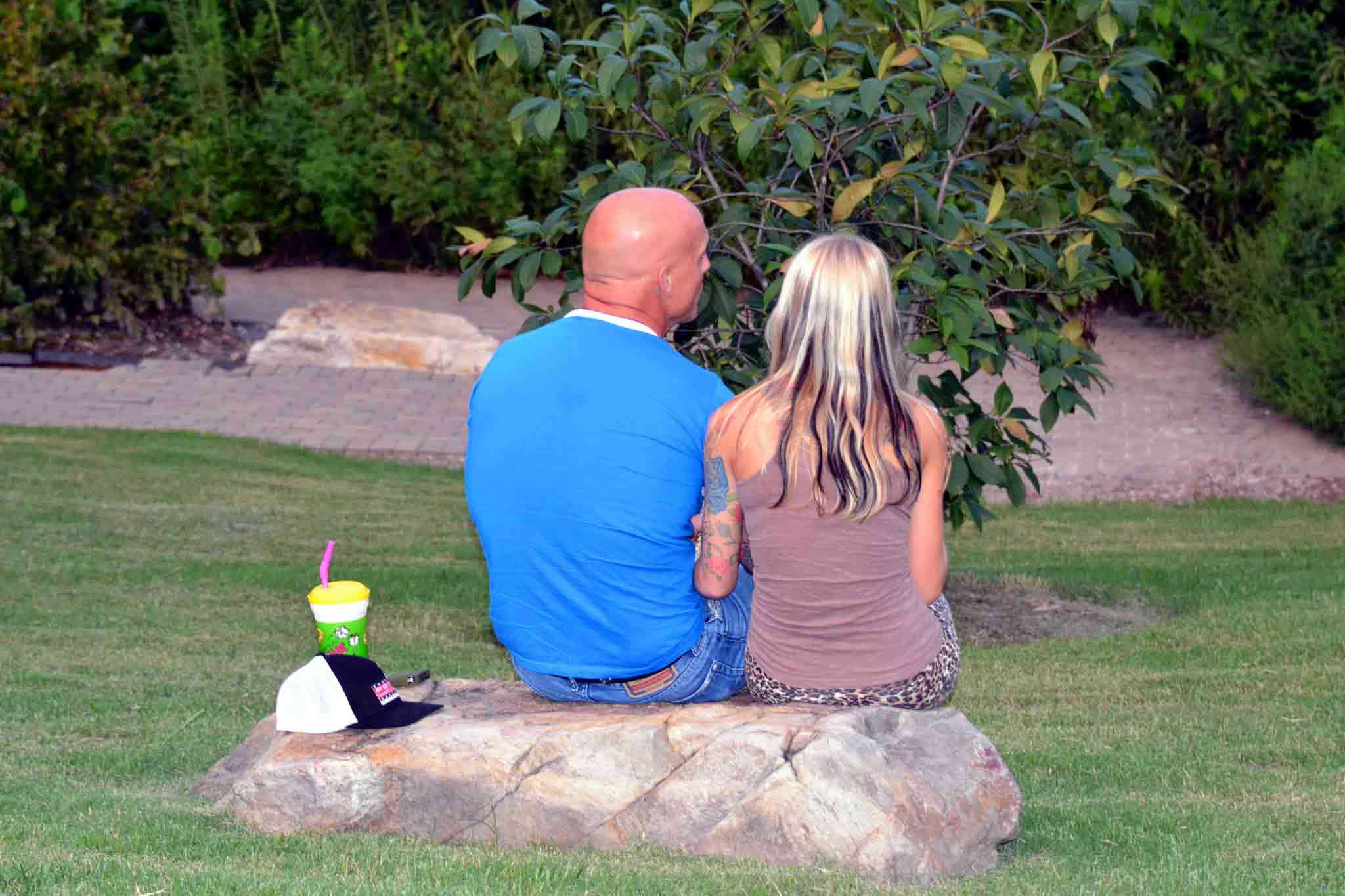Endings and Leavings | Part 4 of an 8-part series on the deeper Self that awakens in laboring through grief, living through loss, and embracing endings as the seedbed of new beginnings

Psychologist and author Sheldon Cashdan notes that, as adults, we unconsciously attempt to manage and hold onto relationships in ways that “reverse the bad endings” of early childhood.
However, our reversal efforts usually resist the deeper grief process. We cannot see or trust that endings come bearing gifts.
As adults, we carry with us younger “ego selves” that are stuck in old narrative loop tapes. These tapes are full of faulty, outdated messages about ourselves, the world, and the meaning of loss. Our younger self-parts work over-time to protect us from the anxiety, rejection, shame or emotional trauma associated with endings – but often they “act out” in ways that may actually re-enact our painful past.
In effect, we sabotage endings.
Sabotage: Strategic Control
What does sabotage look like? Ambivalence and indifference. Avoiding and procrastinating. Perfecting and performing. Pleasing or blaming others. Indulging our weaker self, or denying the deeper Self.
Sabotage is the college athlete or the middle-aged account executive who cannot celebrate the big “score” (or game’s end) … without a next-morning hangover. Sabotage is putting off or detouring the final stage of a project, or second-guessing it afterward (postponing the ending). Sabotage is politely glossing over, or stirring up, that contentious issue with a loved one; both are subtle manipulations to maintain connection (inhibiting the partner’s “leaving”).
Sometimes we sabotage the grief process by mindlessly lamenting, regretting and ruminating. We may enter a lengthy, languished “mourning” that fiercely resists deeper growth. The most destructive faces of mourning are depression and self-contempt – inwardly turning against ourselves, often in order to regain a sense of control or security.
Ultimately, sabotage is an act of control. It fears that we cannot bear the emotional honesty and intimacy of heartache, the liminal uncertainty of waiting, or the deeper desires unearthed by endings.
Weaving Story Through Past, Present, Future
The grief process is so varied and complex that it cannot be reduced to linear “stages” or time-tables – no more than loss can be boxed into simple categories. Grief has its own schedule, and is processed differently by everyone. (More about this in Part 7).
However, when grief and loss are tended to well, the ending reveals a kind of “denouement” that integrates or weaves together the past, present and future movements of a person’s story.
Grieving [PAST]
 Grieving is an observant, reflective work that effects deep change in a person. Whether you are intently dwelling on the past, or avoiding it (another sign you are stuck there), grief work sees the past as a seedbed of transformation.
Grieving is an observant, reflective work that effects deep change in a person. Whether you are intently dwelling on the past, or avoiding it (another sign you are stuck there), grief work sees the past as a seedbed of transformation.
Part of what changes here is your relationship with the past. Counseling creates space for you to revisit and experience these endings in new ways, to attach fuller meaning to them, and to tell a different story in the present.
Mourning is a passive act. By comparison, grieving is an active work of growing awareness. To grieve means to accept loss and to bravely enter into its raw emotions, memories and sensory experiences. The griever is attentive to certain questions:
- What exactly have I endured or sacrificed?
- What are the risks in naming or owning this cost?
- Will I accept how it’s marked me?
- How might I bear this scar well?
Celebrating [PRESENT]
While grieving points us to our past, it doesn’t isolate us there. Grieving becomes a very present-tense work that creates space for celebrating and sharing one’s growth. Some questions to consider:
- How did I make it this far?
- What and who am I grateful for?
- How can I express this gratitude?
- How can I keep living in the present, as a way of honoring (not forgetting) the loss?
Ritualizing [FUTURE]
Rituals create a kind of structure or container for us to hold the tension between grieving and celebrating. They allow us to both “metabolize” (process, chew on) and to “externalize” (symbolically organize) a very inward journey – for which explanatory words are often inadequate.
Rituals rely on creative symbols and familiar ceremony to help us make sense of our lived experience. What would a wedding, funeral, graduation or holiday look like without story, song, dance, poetry, artwork or acts of service?
Rituals help us to reflect on the past. But they also call attention to the generative (ongoing and future) work of endings – how endings ferment new beginnings, allowing us to become a fuller version of ourselves.
Rituals can serve as visceral trailer-markers, helping to locate ourselves on a foggy path, and to imagine where it might lead. You might prayerfully sit with certain ritualizing questions:
- What am I being invited to relinquish or let go?
- What must I still hold onto?
- How can I hold it differently now?
- Will I dare to desire and risk again – or will I seek to sabotage my dreams?
 Christian Counseling: Re-membering the Future
Christian Counseling: Re-membering the Future
The tragedy of loss is not just the loss itself, but the (sometimes unconscious) vows we make to never be hurt again the same way. Self-care is paramount, but our protective vows can also deny the work of redemption, healing and growth. We can sabotage our dreams, and God’s story for us, by hiding behind our painful scars.
In other words, remembering is very future-oriented work – turning “endings” into “sendings.” Blessing your past helps open the door to your future.
This work can be aided by what I call artifacts. Artifacts are mementos, images, or other symbolic objects – often incorporated into rituals – that help to mark and to tell one’s story of grieving, celebrating and ritualizing.
In Part 5 of this series, we’ll describe how rituals and artifacts work in the grief process.
Credits
Cashdan, Sheldon. (1988). Object Relations Therapy: Using the Relationship. New York City, NY: Norton, W.W. & Company, Inc.
Photos
“Time of Mourning,” courtesy of William Wootton, Flickr CreativeCommons (CC BY 2.0); “A moment in the life of a dandelion,” courtesy of seyed mostafa zamani, Flickr CreativeCommons (CC BY 2.0); “Suicide,” courtesy of jenny downing, Flickr CreativeCommons (CC BY 2.0)






